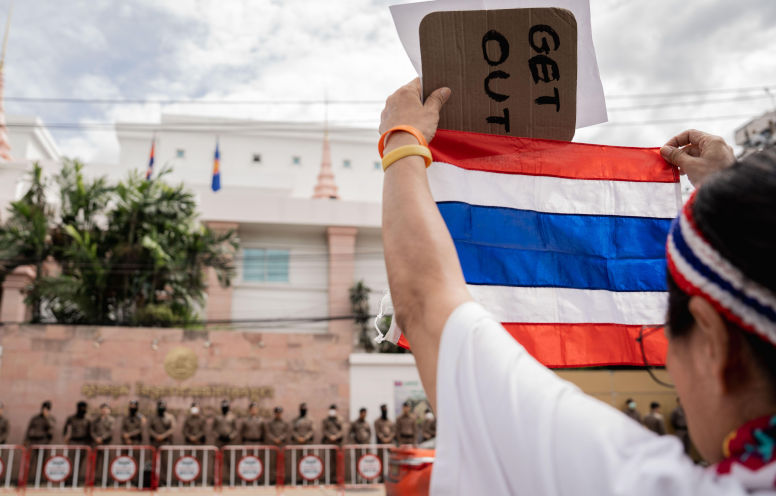Fight no longer just in the trenches, it’s in the narrative
August 16, 2025
Since Cambodia and Thailand signed the ceasefire agreement in Kuala Lumpur on 28 July, Thailand has moved on us in six ways.
They shaped last week’s Extraordinary General Border Committee Meeting by pushing eight “peace conditions” that look orderly on paper but keep their advantage locked in.
They are still holding our 18 soldiers, saying they’ll only release them after “all hostilities end,” which is exactly how they keep leverage without looking like aggressors.
They pushed patrols with barbed wire in the hot zones, and when their own men hit landmines, they turned it into a weapon against us, accusing Cambodia of violating mine bans.
They’ve tightened their information game, labelling our statements as “fake news” while feeding their own version to the Thai public.
They agreed to ASEAN observers, but only on each side of the border, not crossing into each other’s ground, which lets them claim transparency while keeping the line frozen where it is.
And they keep publishing their own casualty and evacuation numbers to make it look like they have everything under control.
In the latest provocation, the commander of Thailand’s Military Region 2 announced on Sunday plans to seize Ta Krabey Temple, which is under our legitimate control, and close Tamone Thom Temple, located within Cambodia’s sovereignty and territorial integrity.
From the outside, the world sees Thailand as very “by the rules” right now, freeze lines, international law on prisoners, ASEAN monitors, big-power observers in the room. That image wins them points with foreign capitals. But it also boxes them in.
Those same rules they wrote now mean any move forward on the ground risks breaking their own promises.
When they take casualties, like in the landmine incident, it pulls sympathy, but also raises questions: why were they patrolling there at all under a freeze?
Their tight control of news works at home, but internationally it sits alongside Cambodia’s denials, so the story doesn’t always land in their favour.
On the surface, these moves help them keep face at home.
But each one also carries the cost of more scrutiny from ASEAN, less freedom to shift positions on the ground, and growing suspicion from the outside world about the gap between their story and reality.
This is why the fight is no longer just in the trenches; it’s in the narrative, in the rules they’re trying to write, and in who the world believes when they talk about the border.
Republished from Agence Kampuchea Presse, 11 August, 2025
The views expressed in this article may or may not reflect those of Pearls and Irritations.
